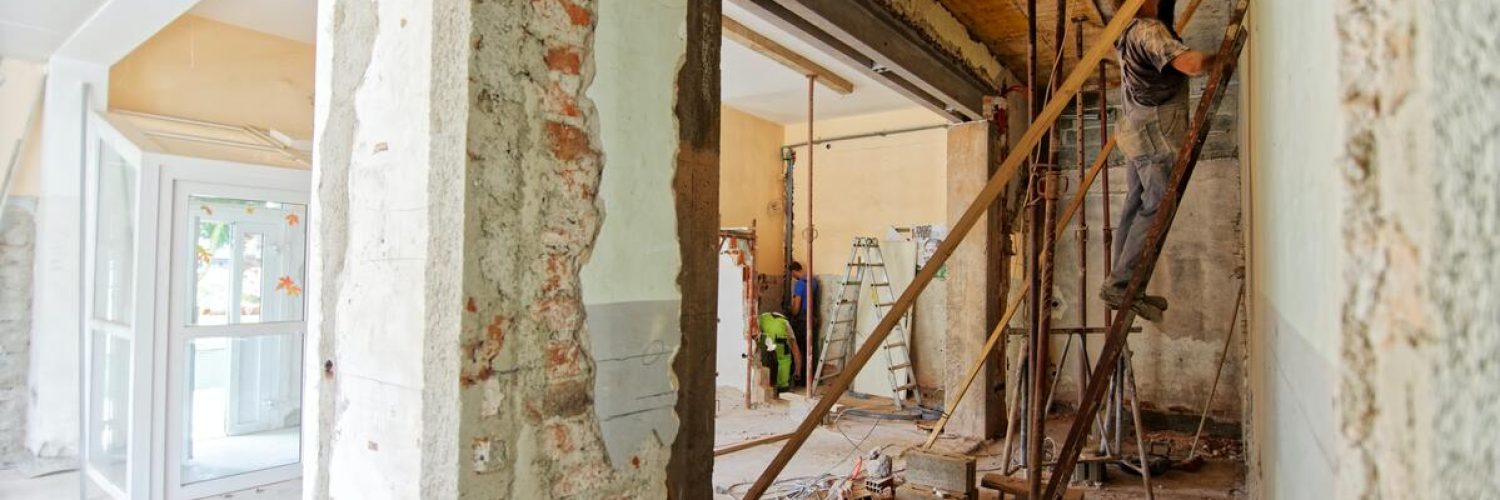Are you planning to spruce up your home this year? Whether you’re planning a complete renovation or just some cosmetic updates, it’s essential to have a budget in mind. Read on for some tips on setting your home improvement budget.
1. Know the Value of Your Home
The first step in setting your home improvement budget is knowing the value of your home. This will give you a good starting point for understanding how much you can afford to spend on improvements. The easiest way to do this is to get a home valuation from a professional appraiser.
If you’re not planning to sell your home anytime soon, you can also look at comparable homes in your neighborhood to get an idea of your home’s value. You can find comparable homes by searching online or speaking to a real estate agent. Not only will this give you a good idea of your home’s value, but it will also give you an idea of what homebuyers are looking for in your area.
2. Consider Your Finances
Your financial situation is another crucial factor when setting your home improvement budget. If you have a lot of equity in your home, you may be able to finance your renovations with a home equity loan. Home loans can be a great option if you’re planning significant improvements, as you’ll likely get a lower interest rate than a personal loan.
If you don’t have much home equity or are not planning significant renovations, you may want to finance your home improvements with a personal loan. Personal loans can be a good option if you have good credit, as you may be able to get a lower interest rate than with a credit card.
3. Determine the Cost of the Improvements
Once you’ve considered your home’s value and finances, you can start to get an idea of how much you can afford to spend on home improvements. To do this, you’ll need to determine the cost of the improvements you’re planning.
The best way to do this is to get quotes from contractors or home improvement stores. If you’re planning major renovations, getting an estimate from an architect is also a good idea. Once you have the cost of the improvements, you can start to work out a budget.

4. Prioritize Your Projects
Once you know the value of your home and your financial situation, it’s time to start prioritizing your projects. Determine what needed to be done and what would be nice to have done. For example, if your roof leaks, that would be considered a necessity and should be at the top of your list. On the other hand, installing new countertops in the kitchen might be something you can live without now and could be moved down on the list (or even off entirely).
You should also consider the return on investment (ROI) of each project. Some home improvements, such as adding a pool, may not add much value to your home but will be costly. Other home improvements, such as updating the kitchen or bathroom, can add significant value to your home and are worth the investment.
5. Set Aside Money for Unexpected Expenses
When setting your home improvement budget, it’s important to set aside money for unexpected expenses. Even if you’ve done your research and gotten quotes, there’s always a chance that something will come up that will increase the cost of your project. By having a contingency fund, you can be prepared for these unexpected costs and not have to put your home improvement projects on hold.
You should also consider setting aside money for home repairs. These are different from home improvements, as they are typically unforeseen and are not optional. For example, if your furnace breaks down, you’ll need to replace it. Having a fund for home repairs can help you keep your home in good condition and avoid unexpected expenses in the future.
6. Stick to Your Budget
Once you’ve set your home improvement budget, it’s important to stick to it. This can be difficult, especially if you find a great deal on materials or come across an unexpected expense. However, if you overspend on your home improvements, you may not be able to afford the other things you need, such as home repairs or maintenance.
If you do find yourself overspending, try to cut costs in other areas of your budget. For example, if you’re planning to update your kitchen, you may be able to save money by eating out less often.
By following these tips, you’ll be well on setting a realistic and achievable budget for your home improvement projects. Stay patient, do your research, and most importantly—have fun! After all, renovating your home should be an enjoyable experience.

